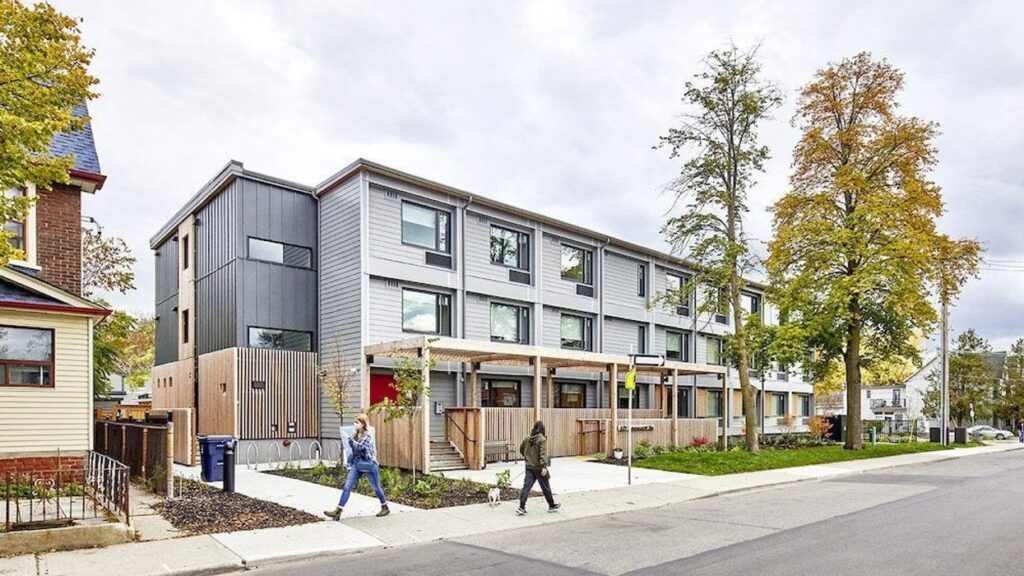
Maximizing natural light in modular homes for brighter spaces
Bringing ample natural light into modular homes is crucial for creating a welcoming and vibrant living environment. In this article, we explore various strategies to maximize natural light in your modular home, offering practical and effective ways to enhance your living space. We delve into the significance of natural light and how intelligent design choices can profoundly impact your home’s atmosphere.

Importance of Natural Light in Modular Homes
The benefits of natural light are numerous. It not only enhances the visual appeal by creating a sense of space but also promotes general well-being. Inhabitants of well-lit homes often experience improved mood, increased productivity, and even better health. For modular homes, which are often compact, maximizing natural light can be transformative, making them feel more spacious and open.
Designing with Large Windows
Incorporating large windows into the design of modular homes is one of the most effective ways to allow natural sunlight to flood your living areas. Consider window placements that take advantage of prevailing sunlight patterns. South-facing windows, for instance, capture sunlight throughout the day, providing consistent natural illumination.
Choosing the Right Glazing
Opt for windows with appropriate glazing to manage heat while maximizing light. High-quality glass can significantly reduce glare and regulate indoor temperatures, ensuring that your home remains comfortable regardless of the season.
Utilizing Open Floor Plans
An open floor plan encourages the flow of light through different spaces. By minimizing walls and partitions, you allow light to travel freely, illuminating the home’s interior. This design approach also enhances an illusion of spaciousness and is particularly beneficial in small modular homes.
Light-Colored Interiors
Utilizing light colors in your home’s interior can complement natural lighting. Light paints, furniture, and decor reflect light rather than absorb it, keeping spaces bright even during less sunny days. Consider whites, creams, and pastels as your primary color palette.
Strategic Use of Mirrors
Mirrors can double the perceived space in a room while also bouncing light throughout. Placing mirrors opposite windows is a clever technique to amplify daylight and create an airy, expansive feel in your home.
Trimming Exterior Obstacles
Ensure that trees or foliage around your home do not obstruct light pathways. Trimming them periodically can enhance incoming sunlight. Additionally, selecting shrub types that dont grow too tall can be a preventive measure in the planning phase.
Skylights: A Direct Path to the Sky
Adding skylights is a fantastic way to introduce natural light from above, ideal for areas that don’t receive direct sunlight. They can dramatically brighten even the most isolated part of a home.
French Doors for Enhanced Lighting
Consider installing French doors leading to outdoor spaces. These doors allow light to flow between spaces and add an element of elegance to a modular home’s design.
Balancing Privacy with Light
Maximizing natural light doesn’t mean compromising on privacy. Utilize translucent window screens or blinds that allow sunlight while ensuring that private areas remain shielded from outside view.
Innovative Lighting Solutions
Blend artificial lighting solutions with natural. Utilize smart lighting systems that mimic natural daylight in color and intensity when sunlight is sparse, ensuring seamless illumination for modular living.
The Role of Exterior Elements
Exterior finishes and extensions such as verandas should be carefully planned to prevent unwanted shading. Design outdoor living spaces that enhance rather than hinder light flow into your home.
Eco-friendly Design Choices
Implementing eco-friendly features, such as solar tubes, which use reflective surfaces to direct natural light into internal rooms, can be both sustainable and effective in enhancing a home’s ambient light levels.
Complementing with Artificial Light
No matter how well you maximize natural light, artificial lighting remains necessary. Opt for adjustable lighting fixtures that can provide softer light at night.
Embracing Technological Advances
Stay abreast of emerging technologies that can make your modular home more light-efficient. Technological innovations are continuously refining how natural light can be harnessed in residential designs.
Conclusion
Optimizing natural light in modular homes is a multifaceted approach that combines clever design with strategic choices. By harmonizing these strategies, you can create a beautiful, welcoming, and health-conscious home environment.
For more insights on making the most of your modular home design, consider visiting this resource on modular homes by Architectural Digest. For additional resources, explore interior design tips and learn how to optimize your home’s interior.

FAQ Section
What are some benefits of natural light in homes?
Natural light is essential for creating a warm and inviting home environment. It improves mood, promotes better health, and enhances the visual appeal by creating a sense of space.
How can skylights improve a modular home?
Skylights provide a direct source of natural light from above, brightening spaces that dont receive much sunlight, and offering a unique view of the sky, enhancing the overall home aesthetics.
Can privacy be maintained while maximizing natural light?
Absolutely. Privacy can be managed by using translucent screens or blinds that let in light while shielding living areas. Smart design can maintain privacy without sacrificing light.
This article contains affiliate links. We may earn a commission at no extra cost to you.